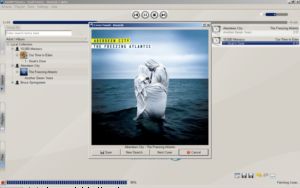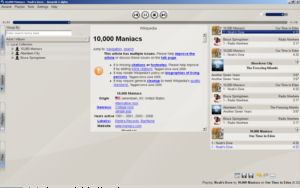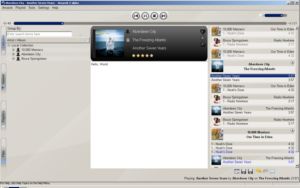I’m going to use git for a project of mine and instead of parsing git’s output (which is the adviced way to use it from your application), I thought I’d rather use libgit and link to it. The first step was getting rid of autohell and moving to CMake.
This patch against git’s current master branch includes the CMakeLists.txt file and a few modifications to the source (mostly due to the different way variable replacement works in autotools vs CMake).
So far, only libgit, libxdiff and git are built. Will I go go for the other binaries (gitweb, gitk, etc)? I’m not sure, as I’m not interested but it shouldn’t be difficult to CMake-ize those.
I think the move from autotools to CMake could be very useful for the msysgit* developers, as they no longer would depend on MSys*
* I have not tried to build git on Windows with my CMakeLists.txt yet, I’ll do it tomorrow
** It’s not actually true yet: I run two bourne shell-scripts but I could easily rewrite those in CMake, too.
Update I’ve produced a new patch, as the old one did not perform a few needed renames



